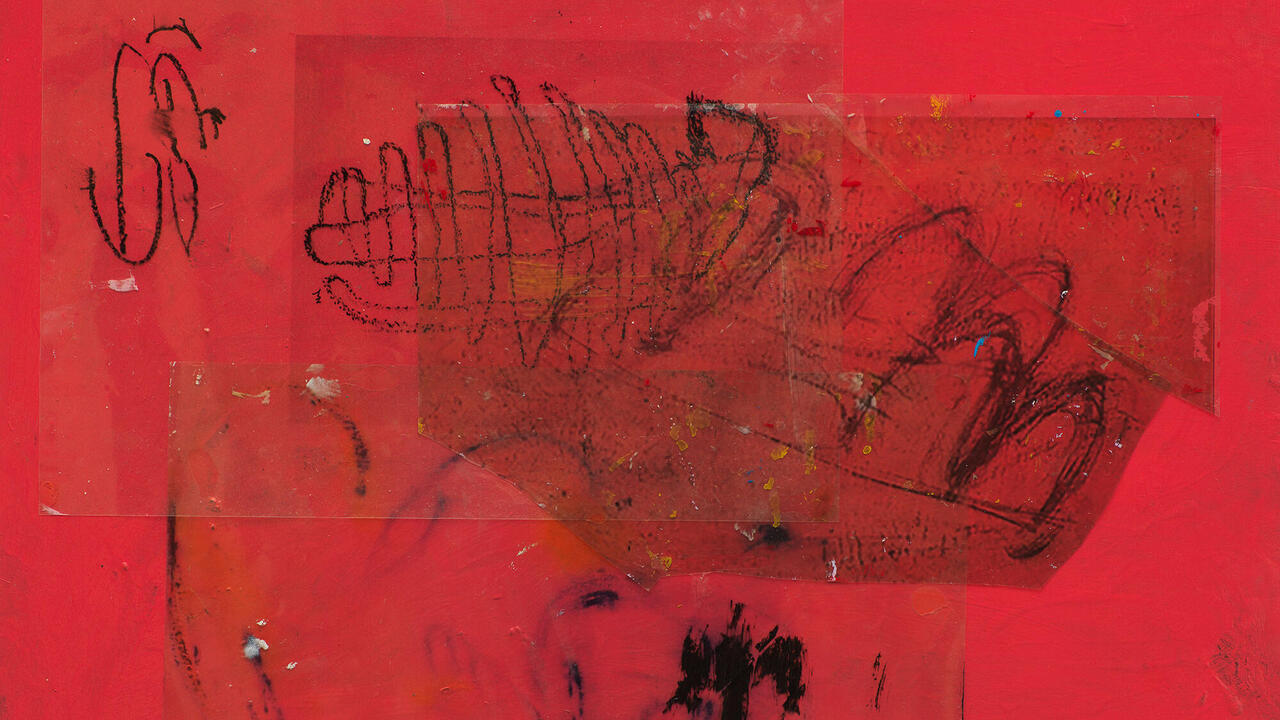Pablo Reinoso
'We think we think with our brains, but personally I think with my feet', Jacques Lacan once said, creating a scandal during an American lecture. 'That's the only way I really come into contact with anything solid. I occasionally think with my forehead, when I bang into something.' Inspired by Lacanian psychoanalysis - language, alienation, self-consciousness, separation - Pablo's Reinoso's inflatable fabric sculptures need to be literally experienced in order to be fully comprehended.
The oldest work in the show, from the series 'Respirantes' (1996), covers one wall with large, white pillows on coloured surfaces; animated by elastics and fans, they ceaselessly, silently inflate and deflate, like lungs. Pristine and antiseptic-looking, they feel cool and artificial, while the subtle, silent movement makes them strangely human. Fragmented bodies or beds are evoked, empty but still heaving with desire.
Reinoso's delicate new works, 'Persistantes' (all works 1998), are sewn from the cloth used to make parachutes and hot-air balloons. Combined with tiny motors that keep air pulsating through the forms, they create the effect of shallow, rhythmic breathing. As they silently inflate and deflate, these silvery-grey forms become metaphors for the body, but also evoke UFOs, or soft habitats such as cocoons, or giant wombs. Mostly grey (the colour of brains), many are swelling and shrinking phallic forms; their titles come out of Lacanian vocabulary, for example Jouissance.
As if to emphasise their presence as abstract, mental spaces as well as concrete, actual ones, some of the works even invite penetration by the spectator. In L'autre, c'est moi a silvery, truncated, zeppelin-like form is suspended from the ceiling. You can slip your head underneath it and then slide it through an opening sealed with Velcro. The inside is magical: you're plunged into an abyss, a shimmering, silvery pool of light; a floating, detached head, drowning in the distance, is actually your own reflection in a mirror. Supposedly revealing the Other, it thus engenders simultaneous relief, recognition and a feeling of disembodiment. La Parole has two neck holes, one at each end, and allows two people to stick their heads inside and, obviously, leave the body outside. Seen from the exterior, it becomes a 'living' sculpture, one with a peculiar, alien appearance, as if a dialogue balloon in a comic strip had fallen on the character's head. Inside, the two spectators, face to face, see the other's talking head. Speech is isolated, autonomous, separated from the body, while movement is reduced to articulation of the voices resonating within.
Reinoso, born in Buenos Aires and based in Paris, has long embraced contradiction. For years he worked in traditional sculptural materials, using the heft and rigidity of wood, stone and metal to express the intangible. Paradoxically, these recent sculptures are about enveloping air - an element that is abstract, amorphous, and invisible - in fabric, to express a palpable physical reality.
Subtly, silently throbbing, Reinoso has created a world that is luminous and buoyant and uplifting. But after enticing you to look up to the ceiling, they direct you to look inward. Trapped in an endless cycle of mechanised movements, they persist in breathing - nothing alters or progresses or evolves. Their obstinate inhaling and exhaling serve as a reminder of our mortality, but ultimately the sculptures seem devoid of hope. Their gentle, almost imperceptible motion contains an implicit violence that renders them poignant.
















